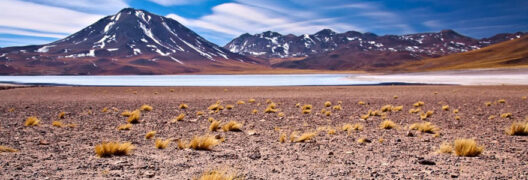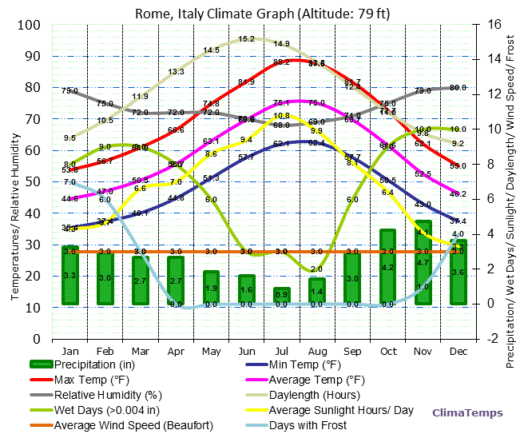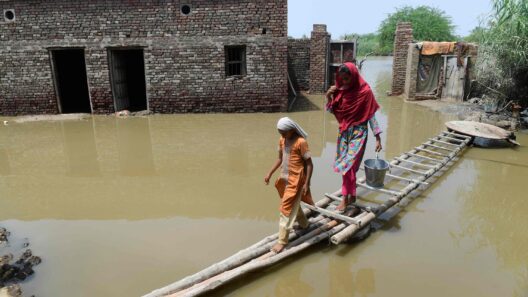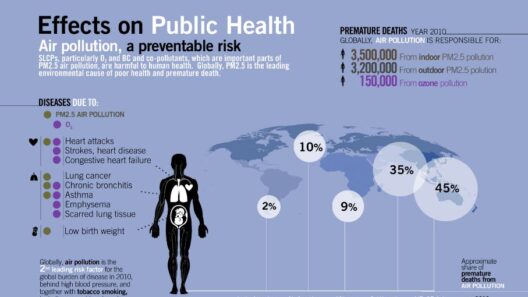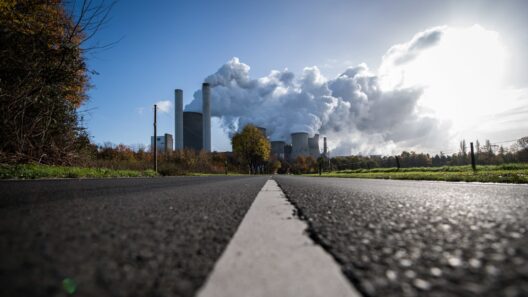Albedo, a term derived from the Latin word for “whiteness,” signifies the reflectivity of surfaces on Earth. This intrinsic characteristic becomes paramount when discussing climate change and global warming. It is not merely an abstract scientific measure; rather, it plays a pivotal role in our planet’s thermal balance and, consequently, the stability of our climate system. Understanding how albedo operates and its influence on global temperatures is critical in grasping the broader implications of our changing environment.
At its core, albedo quantifies the amount of sunlight that a surface reflects back into space. Surfaces with high albedo—like snow, ice, and certain types of cloud cover—have the capacity to reflect a significant portion of incoming solar radiation, consequently contributing to cooler local and global temperatures. Conversely, areas with low albedo—such as forests, oceans, and urban environments—absorb more sunlight, thereby increasing heat retention. This dichotomy between high and low albedo surfaces is fundamental to understanding climate dynamics.
The Earth’s average albedo is approximately 30%. However, this value is not static; it fluctuates based on various factors, including seasonal changes, human activities, and natural phenomena. Seasonal variations exemplify this effect particularly well. In winter, snow-covered regions dramatically increase Earth’s albedo, reflecting sunlight and promoting cooler temperatures. Conversely, as temperatures rise with the arrival of spring and summer, snow and ice retreat, leading to lower albedo and higher heat absorption, a feedback mechanism that reinforces warming.
One of the most significant impacts of changing albedo occurs in polar regions. As global temperatures rise, extensive ice sheets and glaciers are melting at unprecedented rates. This not only reduces the albedo effect, as darker ocean water replaces reflective ice, but also exacerbates the warming process through a feedback loop. Reduced ice cover accelerates heating, resulting in further melting. This phenomenon, known as the ice-albedo feedback, exemplifies how delicate balancing acts within the climate system can tip toward accelerated warming.
Regional impacts of albedo also warrant careful consideration. Urbanization has led to the creation of “heat islands,” areas where concrete and asphalt replace natural ground cover. Such urban surfaces, which typically possess low albedo, absorb vast quantities of solar energy. This results in localized temperature increases, which can further drive energy demands for cooling, thereby contributing to greenhouse gas emissions from energy production. The interplay between urban planning, albedo manipulation, and climate impacts reveals critical insights for developing sustainable cities.
Furthermore, deforestation dramatically alters local and regional albedo. Forest canopies have relatively high albedo compared to barren land. When forests are cleared for agriculture or development, not only does albedo decrease, leading to increased temperatures, but the carbon that was previously sequestered in trees is released into the atmosphere. This dual impact underscores the urgency of maintaining forest ecosystems as vital components in both carbon management and climate stability.
When discussing albedo, one must also address its interaction with clouds. Clouds can either enhance or diminish albedo based on their type and altitude. Thick, low-lying clouds tend to reflect a considerable amount of solar radiation, potentially leading to cooling effects. In contrast, high-altitude, cirrus clouds can trap outgoing infrared radiation, creating a greenhouse effect. The balance of cloud coverage and type thus becomes another essential variable in evaluating Earth’s overall reflectivity and temperature trends.
The connection between albedo and climate change extends beyond terrestrial and atmospheric factors; it also involves oceanic dynamics. The ocean’s surface reflects sunlight but does so variably, influenced by the angle of the sun and the presence of waves and biological activity. Ocean regions with less phytoplankton exhibit higher albedo, while nutrient-rich areas teeming with life show lower reflectivity. Changes in oceanic albedo, driven by climate changes such as warming seas and changing currents, contribute to atmospheric temperature fluctuations, affirming the complex interactions in the Earth’s system.
In light of these intricacies, addressing climate change necessitates a multifaceted approach, incorporating albedo management as a critical element of climate policy. Enhancing urban albedo through reflective materials or introducing green spaces can mitigate heat island effects. Additionally, maintaining and restoring forests can ensure that carbon sinks remain intact while simultaneously enhancing albedo. These strategies are not merely theoretical; they represent tangible actions that can be taken to curb the adverse effects of global warming.
Research into albedo also leads to inquiries into geoengineering—an approach that proposes intentionally manipulating Earth’s climate system to counteract warming. While concepts like injecting aerosols into the upper atmosphere could reflect more sunlight and potentially increase global albedo, such interventions carry significant risks and ethical considerations. The complexity of atmospheric systems means that altering one aspect, such as albedo, could yield unpredictable outcomes on a global scale.
Conclusively, albedo is a linchpin in the dialogue surrounding climate change. It serves as a reminder of the intricate connections within our planet’s systems and the far-reaching consequences of our actions, both intentional and inadvertent. As we grapple with the escalating challenges posed by climate change, recognizing and leveraging the principles of albedo may become an increasingly important part of our strategy to foster a sustainable relationship with our environment. By promoting awareness and implementing informed practices, we can contribute meaningfully to the mitigation of global warming and safeguarding the planet for future generations.




